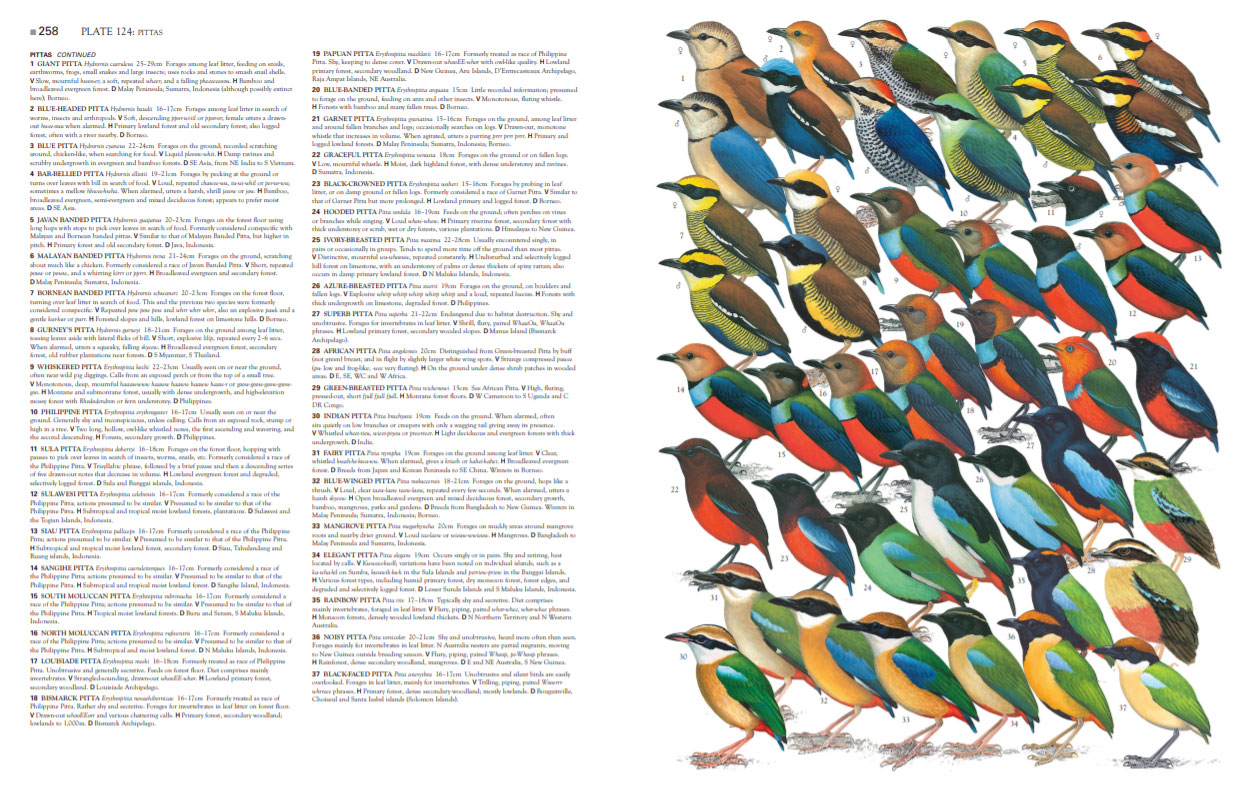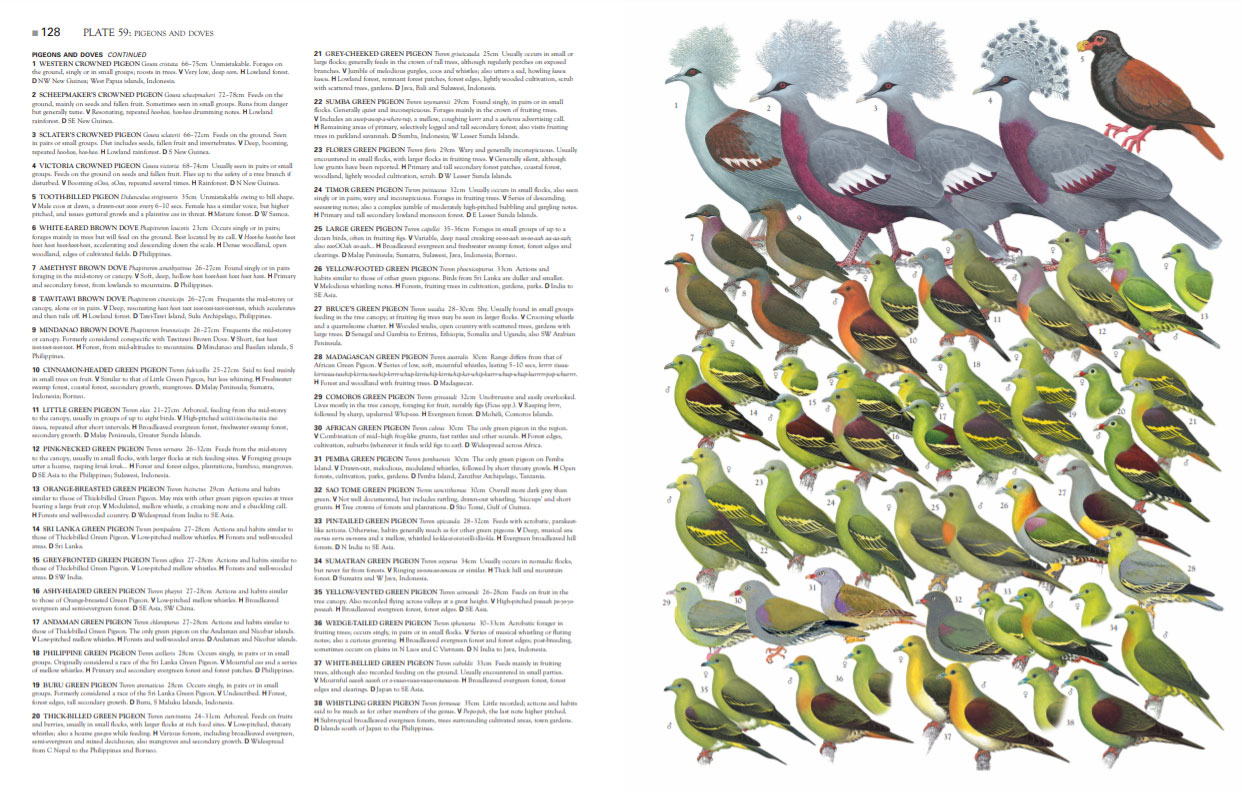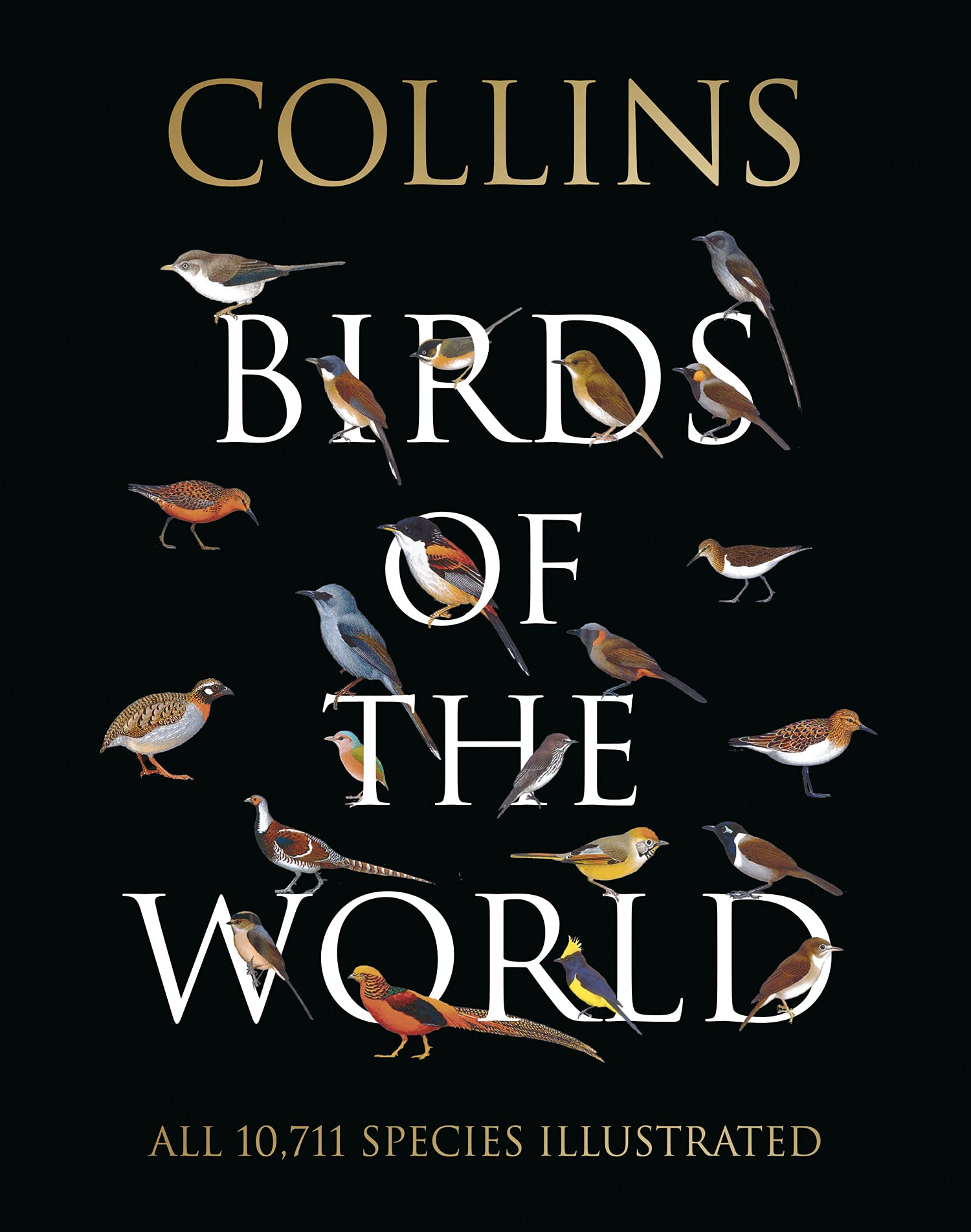Collins Birds of the World
- Collins Birds of the World by Norman Arlott (HarperCollins, London, 2021).
- 656 pages, 301 colour plates with 25,000 illustrations.
- ISBN 9780008173999. Hbk, £75.
- Bookshop from £59.99
When I first heard that publisher HarperCollins was planning a complete guide to the world's birds, I jumped at the opportunity to review it. The Collins brand has long been associated with producing high-quality ornithological works – not least the Collins Bird Guide, which remains the gold standard for Western Palearctic birding. Two fundamental questions were on my mind: how would it go about producing and laying out such a monumental publication, and would it live up to expectations? On seeing the sumptuous, classily designed front cover, I had high hopes indeed.
Norfolk-based bird illustrator and author Norman Arlott, who has been the cornerstone of so many of the Collins bird guides published over the years, was always going to be the obvious choice to take on the gargantuan task of writing, illustrating and compiling this work. Indeed, he says in the Preface that "it had always been an ambition of mine to produce a coloured checklist of every bird in the world". Ambitious indeed.
And it is a 'checklist' format that this work takes: rather than delving into detail and taking on the full field-guide approach (that is, after all, what the numerous regional tomes that have already been published are for), Birds of the World is designed very much as a visual feast, with illustrations complemented by concise text for every one of the 10,711 species addressed.
The book runs to more than 650 pages in length, with the 301 plates depicting 246 bird families, opening with ostriches and concluding with tanagers. Each plate is set out on its own double-page spread, with the corresponding short text for each species on the left-hand side of the spread and the illustrations on the right.
Text is succinct, with each species generally attributed no more than three or four sentences covering English and scientific names, size, key features, voice (in almost all cases it is the song described, unless stated), habitat and distribution.
Such a phenomenal volume of work would be too much for a sole author/illustrator, even for someone as prolific as Arlott, and it is no surprise to see that the rich repository of artwork from previous Collins bird guides is drawn on to compile this global edition, especially that of Ber van Perlo.
The plates are a joy to behold. Little space is spared, with each packed to the rafters with depictions of every species covered – in many cases twice, where sexes differ sufficiently to merit recognition. They feel busy yet not chaotic; each has been carefully constructed so as not to inhibit identification of the species shown, nor detract from their overall impact. Particular favourites include the pigeons and doves (plate 61), hornbills (97), the pittas (124) and the riot of colour that is plate 91, with trogons, rollers and kingfishers all shown at their very best.

Of course, with any published material, there is the ever-relevant issue of taxonomy becoming quickly outdated. Birds of the World, which follows International Ornithological Committee (IOC) taxonomy, is no exception. It uses v8.2 of the list which was published in January 2019. Plenty has happened in the two and a half years since then, with an array of splits, lumps and other decisions; for context, the IOC is also due to publish v11.2 of its list in July.
It's possible that some 'new' species might not even be illustrated at all, as the decision was made by Arlott not to include any subspecies, including even the most distinctive (which may well end up being species in their own right), to conserve space and keep the guide as straightforward as possible.
Take a familiar case that exemplifies both of these points: the Sylvia warblers. All those European-breeding warblers traditionally classified in the genus Sylvia were moved to a new genus, Curruca, as part of a major shake-up in the IOC's July 2020 update (v10.2). In Birds of the World, they are classed as Sylvia warblers, despite a publication date of more than a year later. And, within that genus, you have 'Subalpine Warbler' Sylvia cantillans, duly illustrated with a male Western Subalpine Warbler, but not showing the distinctive (and now split) Eastern Subalpine Warbler. You simply have to accept that a line inevitably has to be drawn somewhere with a guide like this, and that keeping current in the ever-evolving field of science isn't feasible for printed work.

My other gripe is the lack of range maps to illustrate species distributions, but I do understand this space-saving decision given the book's format. It's personal preference, too, and there will be many that point out that their absence ensures the guide looks smarter and slicker, which I can certainly get on board with.
Putting these points aside, what you have is a superb piece of work, packaged and produced with typically lofty Collins standards. It really does look the part, having been so thoughtfully put together, and it oozes authority and class. It is a hugely impressive book that will no doubt find its way onto many a birder's coffee table or bookshelf when it is published in September – particularly at a retail price of £75, which seems very modest considering the quality of the finished product and tremendous volume of effort invested in its creation.
Click here to take advantage of our special pre-publication offer and order Collins Birds of the World for just £59.99.




This discussion is now closed.